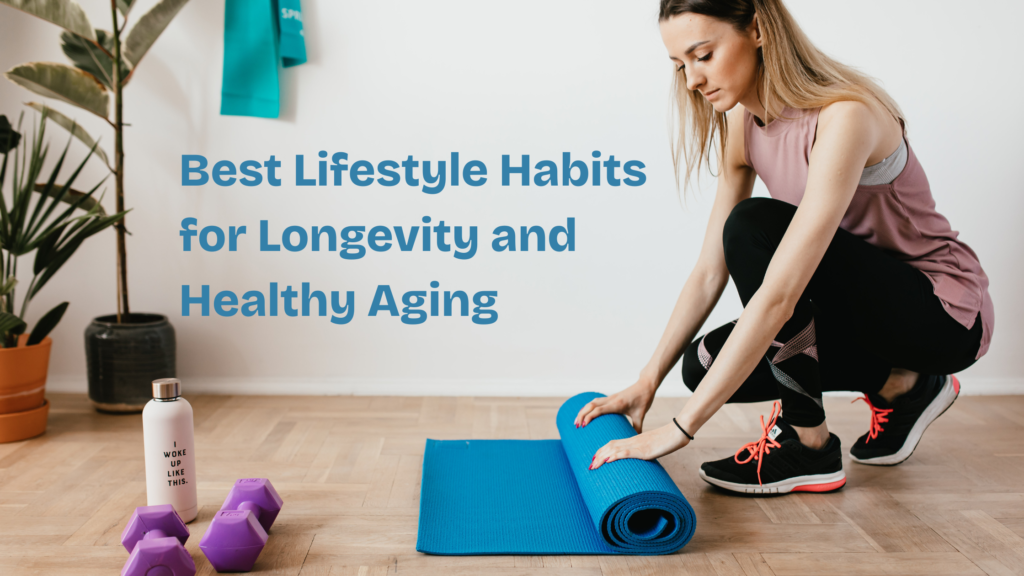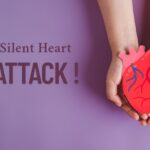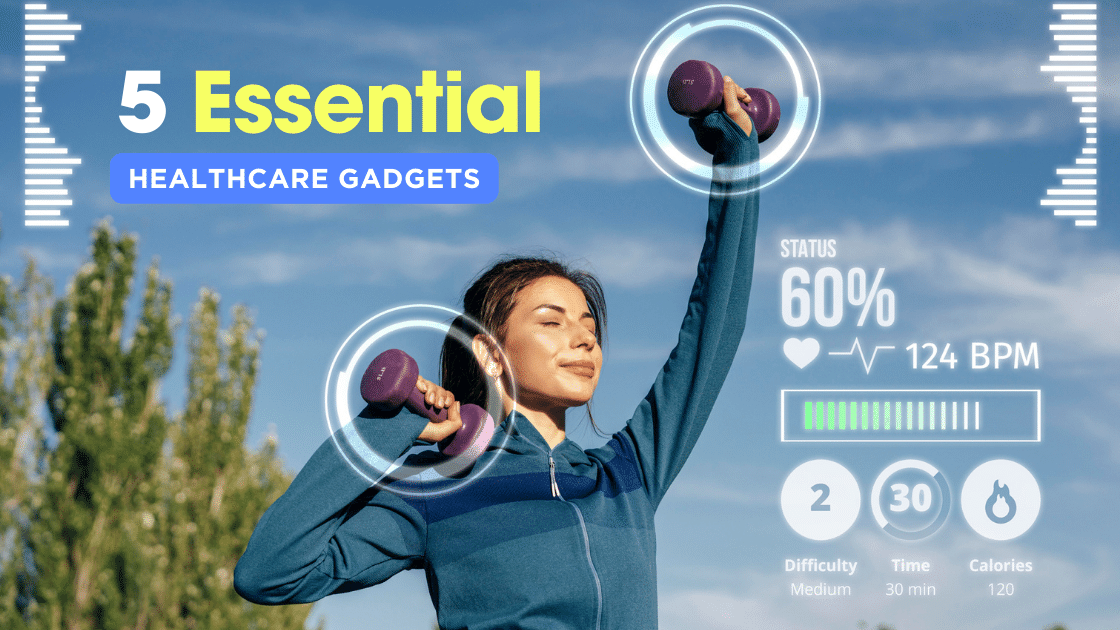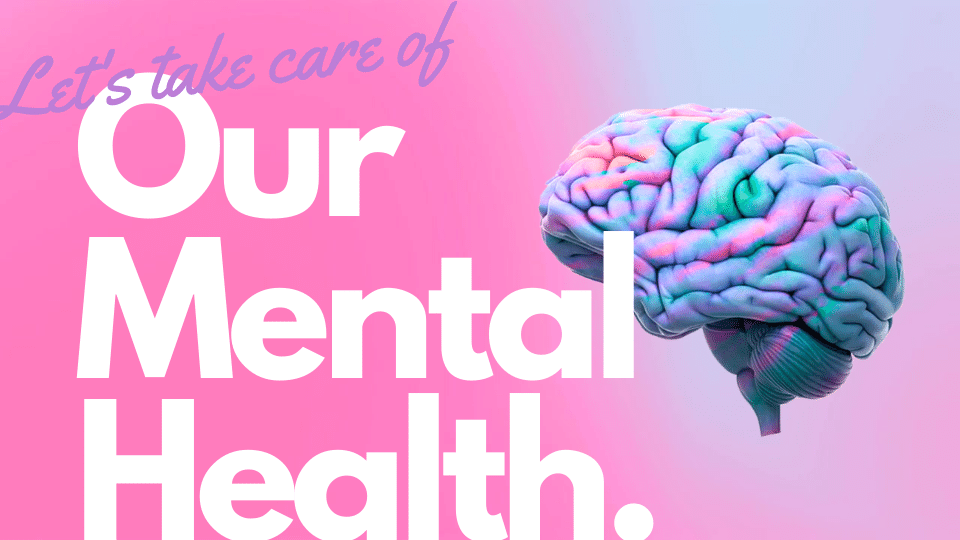What Causes Heart Attacks? Understanding the Warning Signs

Heart disease remains one of the leading causes of death worldwide, and among its most serious outcomes is a heart attack. These life-threatening events can occur suddenly, without warning, or they may follow subtle signs that are often ignored. While many people associate heart attacks with sudden chest pain, the reality is far more complex. Recognizing the heart attack symptoms early can make the difference between life and death.
In today’s fast-paced lifestyle, factors such as stress, unhealthy diets, lack of exercise, and other hidden health issues can contribute to the development of cardiovascular problems. It’s crucial to understand not only what a heart attack is but also its causes, symptoms, risk factors, and most importantly, how to act quickly in case of an emergency.
This blog explores in depth what causes heart attacks, the various symptoms that could signal a cardiac evident, the different types of heart attacks including silent ones, and how to respond effectively with first aid. You’ll also learn about preventive strategies to protect your heart naturally. Whether you’re managing your own heart health or looking out for a loved one, this comprehensive guide will empower you with essential, potentially life-saving knowledge.
What Causes a Heart Attack?
A heart attack, or myocardial infarction, occurs when blood flow to a part of the heart is blocked. This blockage is usually due to a buildup of plaque — a mix of fat, cholesterol, and other substances — in the coronary arteries. When the plaque ruptures, a blood clot forms, cutting off blood supply and oxygen to the heart muscle.
Major Causes of a Heart Attack:
-
Coronary Artery Disease (CAD)
-
Most common cause
-
Caused by long-term plaque buildup (atherosclerosis)
-
-
Blood Clots
-
Often triggered by plaque rupture
-
Can completely block an artery
-
-
Coronary Artery Spasm
-
Temporary tightening of the muscles in the artery wall
-
Can restrict blood flow even in the absence of plaque
-
-
Spontaneous Coronary Artery Dissection (SCAD)
-
A tear in the coronary artery wall
-
More common in women, particularly during or after pregnancy
-
-
Drug Use
-
Stimulants like cocaine or methamphetamines can trigger a heart attack by constricting blood vessels
-
-
Severe Oxygen Shortage
-
Conditions like severe anemia or lung diseases may reduce oxygen supply, leading to a heart attack
-
Heart Attack Risk Factors
Several heart attack risk factors increase your likelihood of experiencing a cardiac event. Some are within your control, while others are not.
Controllable Risk Factors:
-
High blood pressure (hypertension)
-
High cholesterol
-
Smoking
-
Obesity
-
Type 2 diabetes
-
Poor diet
-
Lack of physical activity
-
Chronic stress
-
Alcohol or drug abuse
Uncontrollable Risk Factors:
-
Age – Risk increases after 45 for men and 55 for women
-
Gender – Men have a higher risk earlier in life
-
Family history of heart disease
-
Ethnicity – Higher risk in South Asians, African Americans, and Hispanics
By addressing the controllable factors, individuals can dramatically reduce their risk of having a heart attack.
Heart Attack Symptoms: What to Look For
Knowing heart attack symptoms is critical for timely intervention. Not everyone experiences the same signs, and symptoms may vary between men and women.
Common Symptoms:
-
Chest pain or discomfort
-
Feels like pressure, tightness, or squeezing
-
May last more than a few minutes or go away and return
-
-
Pain in other areas
-
Arms (usually the left), neck, jaw, back, or stomach
-
-
Shortness of breath
-
May occur with or without chest pain
-
-
Cold sweat
-
Sudden, unexplained sweating
-
-
Nausea or vomiting
-
Dizziness or lightheadedness
-
Fatigue
-
Especially common in women
-
It’s essential not to ignore these symptoms. Call emergency services immediately if any combination of the above occurs.
Silent Heart Attack Symptoms
A silent heart attack is one that occurs with mild or no symptoms, making it difficult to recognize and often going unnoticed until much later.
Possible Silent Symptoms:
-
Mild discomfort in the chest, mistaken for indigestion
-
Fatigue or weakness
-
Shortness of breath
-
Lightheadedness
-
Pain in the jaw or upper back
-
Cold sweats
Silent heart attacks are especially common in:
-
Older adults
-
Diabetics
-
Women
These can be just as deadly as classic heart attacks and may increase the risk of another cardiac event. Regular heart check-ups and paying close attention to even subtle changes in your health are essential.
Signs of a Heart Attack in Women vs. Men
Women often experience different or more subtle signs of a heart attack compared to men.
Women’s Symptoms May Include:
-
Fatigue, even after light activity
-
Shortness of breath
-
Back, neck, or jaw pain
-
Nausea and vomiting
-
Anxiety or a sense of doom
These symptoms are sometimes dismissed as minor issues or stress-related, leading to delayed treatment. Awareness is crucial for early diagnosis.
First Aid for Heart Attack
When someone shows signs of a heart attack, acting fast can save their life. Here’s what to do:
Step-by-Step First Aid:
-
Call Emergency Services (Dial 112 or 911) immediately.
-
Have the person sit down and rest. Keep them calm.
-
Loosen tight clothing and ensure proper airflow.
-
Give aspirin (325 mg) if the person is not allergic and it is readily available. Aspirin helps thin the blood and may reduce clotting.
-
If unconscious, begin CPR.
-
Chest compressions: Push hard and fast in the center of the chest (100–120 compressions/minute)
-
-
Do not leave the person alone.
Always seek professional help, even if symptoms seem to subside.
Diagnosing a Heart Attack
Doctors use several tools to confirm a heart attack:
-
Electrocardiogram (ECG) – Detects abnormal heart rhythms
-
Blood tests – Check for cardiac enzymes like troponin
-
Coronary angiography – Uses dye and X-rays to see blockages
-
Echocardiogram – Evaluates heart structure and function
Prompt diagnosis allows for faster intervention and reduces heart damage.
Preventing Heart Attacks Naturally
Prevention is the most effective way to fight heart disease. Here’s how to start preventing heart attacks naturally:
1. Eat a Heart-Healthy Diet
-
Focus on whole grains, fruits, vegetables, lean protein, and healthy fats.
-
Avoid processed foods, trans fats, excess salt, and sugar.
2. Exercise Regularly
-
Aim for at least 150 minutes of moderate aerobic activity weekly.
-
Include strength training twice a week.
3. Maintain Healthy Weight
-
Reducing abdominal fat lowers your cardiovascular risk.
4. Quit Smoking
-
Smoking damages blood vessels and raises your risk of heart attack.
5. Manage Stress
-
Practice mindfulness, deep breathing, or yoga to reduce cortisol levels.
6. Monitor Blood Pressure and Cholesterol
-
Keep LDL (bad cholesterol) low and HDL (good cholesterol) high.
-
Control high blood pressure with lifestyle changes and/or medication.
7. Limit Alcohol Intake
-
Excessive alcohol raises blood pressure and triglyceride levels.
Life After a Heart Attack
Recovering from a heart attack involves lifestyle changes, medications, and sometimes surgery.
Components of Recovery:
-
Cardiac rehabilitation – A medically supervised program of exercise and education
-
Medication management – Blood thinners, beta-blockers, statins
-
Follow-up care – Regular checkups to monitor heart function
Psychological support is also important. Many people experience anxiety or depression after a heart attack. Support groups and therapy can help with emotional recovery.
Common Myths About Heart Attacks
Myth 1: Only older men get heart attacks.
Fact: Women and younger individuals are also at risk.
Myth 2: A heart attack always includes chest pain.
Fact: Some people, especially women and diabetics, experience no chest pain.
Myth 3: If symptoms stop, you’re fine.
Fact: Symptoms can fluctuate — always seek medical help.
Myth 4: You can’t prevent heart attacks.
Fact: Lifestyle changes significantly reduce your risk.
When to Seek Medical Attention
Call emergency services immediately if you or someone else experiences:
-
Unexplained chest discomfort
-
Difficulty breathing
-
Pain radiating to the arm, jaw, or back
-
Sudden fatigue or dizziness
-
Nausea with cold sweat
Don’t drive yourself to the hospital. Emergency responders can begin treatment en route.
Final Thoughts
Heart attacks don’t always look like dramatic movie scenes. Sometimes they’re quiet, sometimes they’re loud—but they are always serious. Being aware of heart attack symptoms, understanding the risk factors, and knowing how to respond with appropriate first aid for heart attack can be lifesaving.
By learning about what causes a heart attack and making consistent, heart-healthy lifestyle choices, you can reduce your risk and protect your loved ones. Start with small, sustainable changes like walking daily, cutting back on processed foods, or scheduling a cholesterol test. Prevention is always better than cure, and when it comes to your heart, every step counts.








